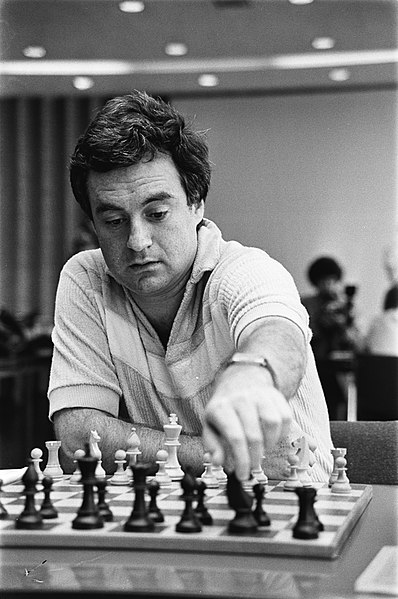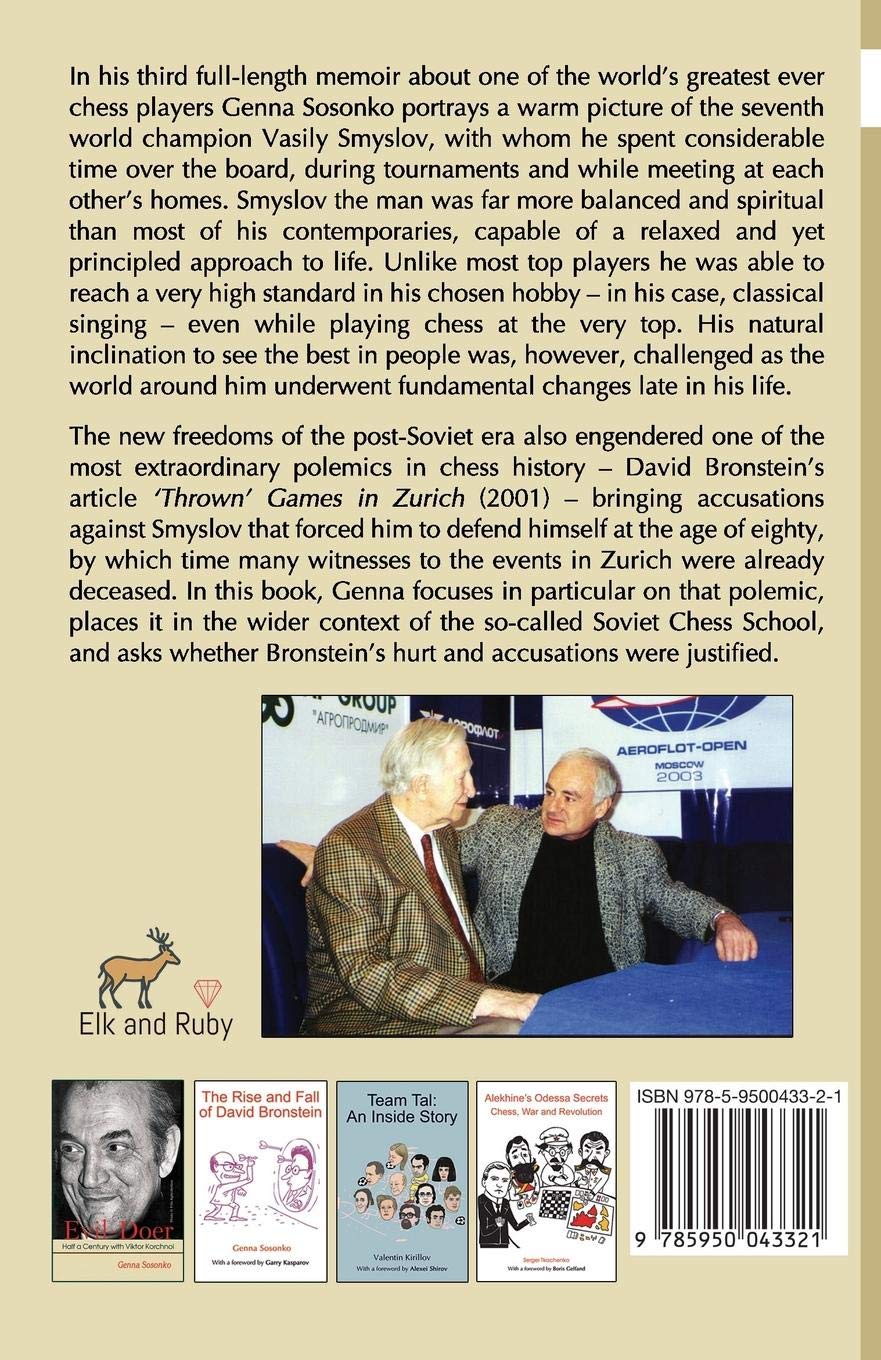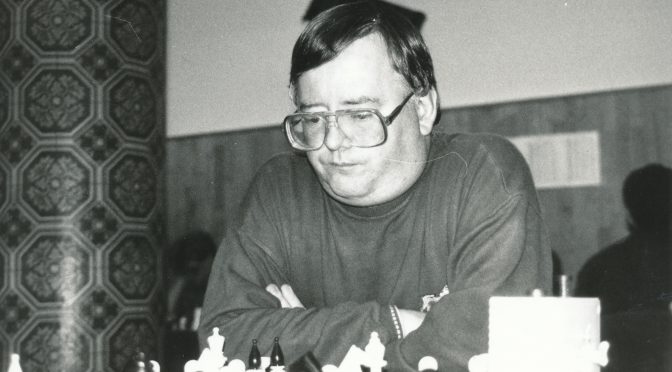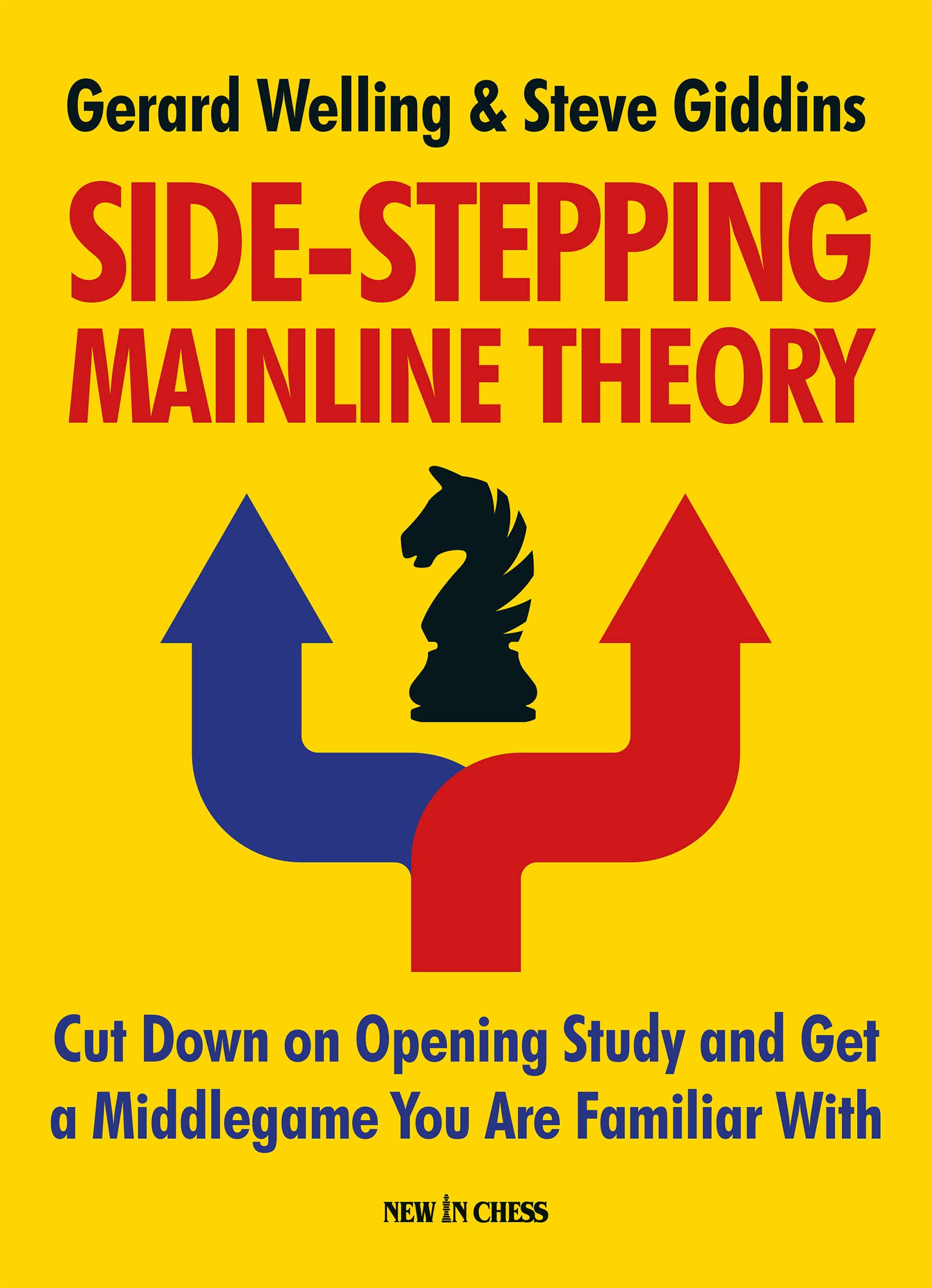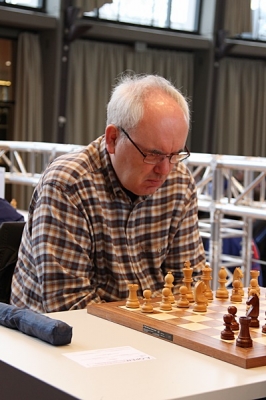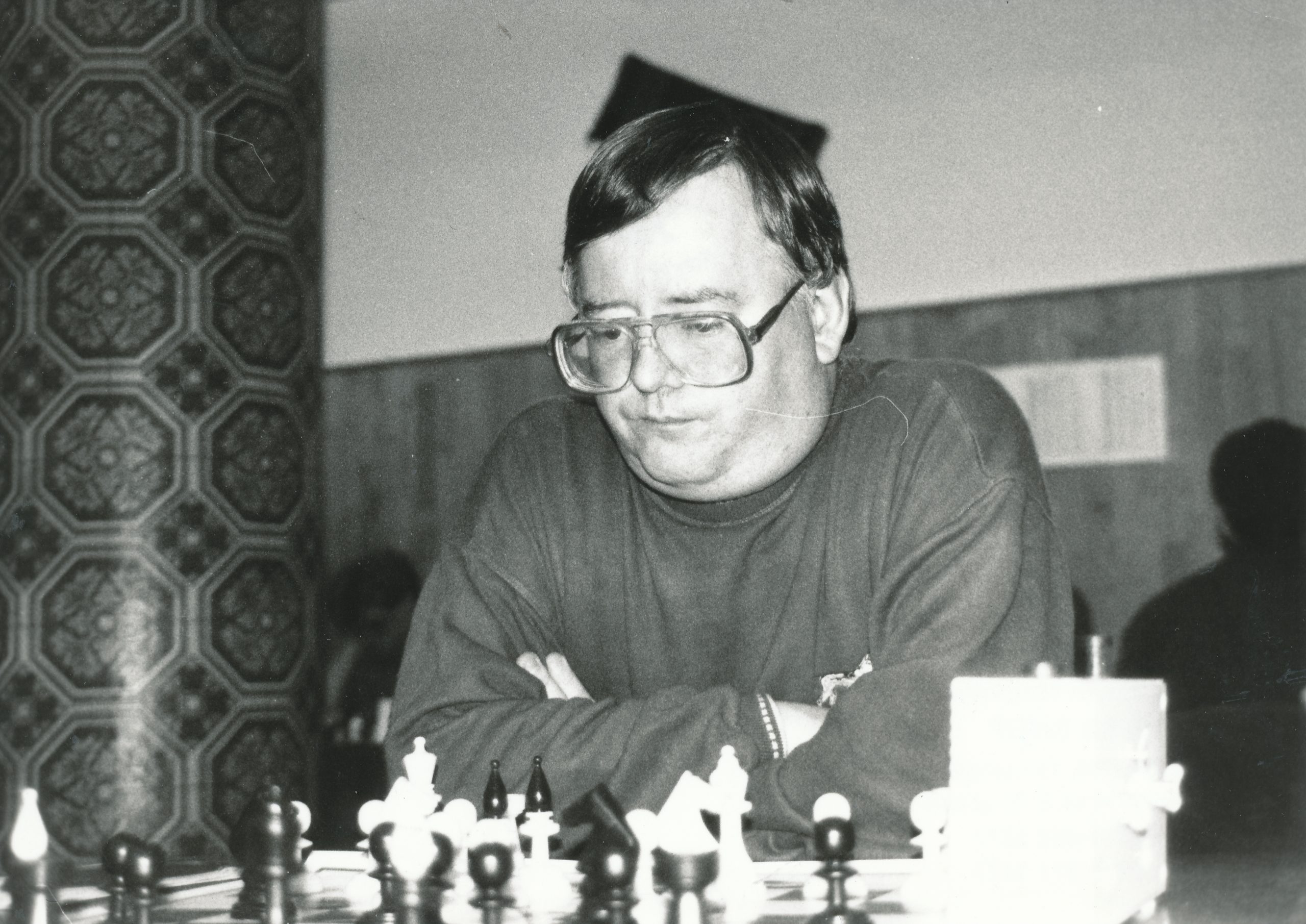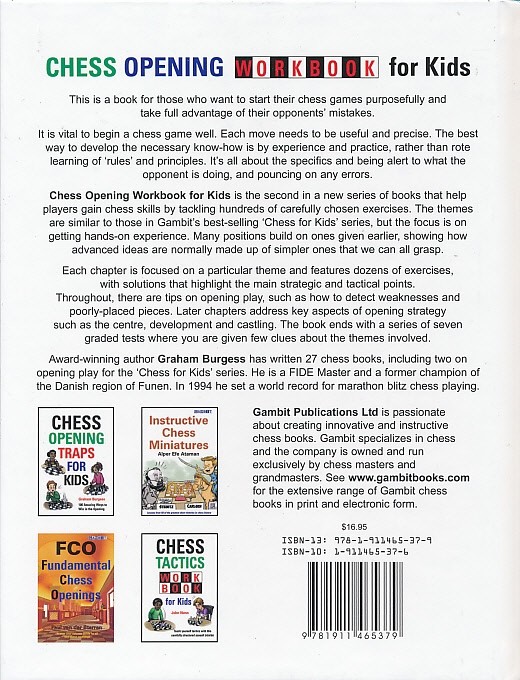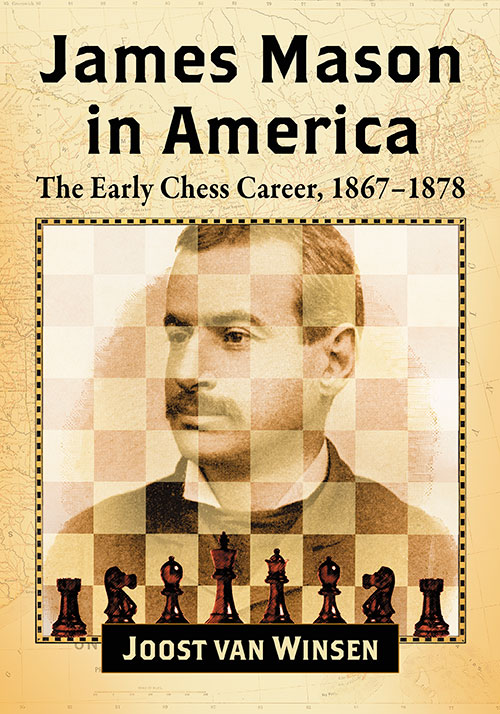
The King’s Indian According to Tigran Petrosian : Igor Yanvarjov
International Master Igor Yanvarjov is a professional chess coach. He has been a coach at the Moscow Chess Club “Spartak,” and has been on the coaching staff of a number of chess schools, including those of Petrosian, Geller, Karpov and Garry Kasparov. Grandmasters he has worked with include Lembit Oll, Rustem Dautov, Yury Piskov, among others. He currently teaches chess at the Anatoly Karpov Chess School in Moscow.

Tigran Petrosian, the ninth world chess champion was born to Armenian parents on June 17, 1929 in Tiflis Georgia. He was known as one of the deepest thinkers the chess world has ever seen. His handling of complex strategic positions was legendary. His play combined deft tactical awareness with an acute sense of prophylaxis, so that opponents had the greatest difficulty in laying a finger on him. For his own part, he often seemed content holding the margin of the draw rather than undertaking any heroics in pursuit of a win. In the analysis room, and in blitz games, Petrosian’s abundant tactical skills were apparent to everyone, but to the spectator of his tournament games, these were far from obvious, and he was regarded as dull. Petrosian responded to this criticisms by saying: “They say my games should be more ‘interesting’. I could be more ‘interesting’—and also lose.” Petrosian still remains one of the greatest players in the history of chess and if you were to consult the now defunct Chessmetrics Website, Tigran Petrosian was listed in the top 20 players of all time and was ranked at No 8 in the 20 year peak range category (1954 – 1973). He was an expert against the King’s Indian Defence and played the system that now bears his name (although he was far more successful with the Samisch variation).
This is the first book by Russian international master Igor Yanvarjov. He has put together a superb collection of virtually all the known games played by Tigran Petrosian – with both colours – in the King’s Indian Defence and other closely related Indian structures. He does this with the presentation of almost 300 deeply annotated, complete games. Although the material is organised by variations and tabias this is not an opening manual but it demonstrates the skill and nuanced handling of positions that Petrosian was known for. The author’s objective wasted reveal the richness of Petrosian’s chess world and to follow the strategic development of the King’s Indian Defence through the prism of Petrosian’s creative work.
The book is divided into three parts with each part being split into several chapters. preceded by a preface from Levon Aronian a forward from Igor Zaitsev and a note from the author.
They are as follows :
Part 1 Tabiyas (Tabia number in brackets)
Chapter 1 Classical Variation (A1 – A7)
Chapter 2 The Samisch System (B1 – B10)
Chapter 3 The Fianchetto Variation (C1 – C10)
Chapter 4 The Benoni (D1 – D10)
Chapter 5 Other Systems (E1- E10)
Part 2 Elements of Success
Chapter 6 Portrait of a Chess Player
Chapter 7 Lessons from Petrosian
Chapter 8 The Problem of the Exchange
Chapter 9 “Furman’s Bishop”
Chapter 10 “Pawns are the Soul of Chess”
Chapter 11 Playing by Analogy
Chapter 12 Manoeuvring Battle
Part III Experiments
Chapter 13 Realist or Romantic?
Chapter 14 The King’s Indian with Colours – and Flanks – Reversed
The bibliography in this book contains nearly 80 entries which will give the reader some idea of the amount of research that the author has carried out for the preparation of this book.
The games are all annotated to varying degrees of depth. Some have only light notes, whereas others have very detailed analytical variations. It is in this area Yanvarjov has done an excellent job. Many of the games contain quoted historical analysis or comments, whether by Tigran himself or his contemporaries. In addition the author goes into great analytical detail where it makes sense to do so. I also thought that IM Yanvarjov did an excellent job in getting the right balance between prose and variations to describe the action taking place within the positions. In some cases a verbal description is given which should be helpful to players of club level in particular.
The following game is considered to be one of Petrosian’s finest achievements
In my opinion this is a superb book, written as a labour of love to showcase the player who appears to have made the biggest impression on the author. It contains a splendid collection of annotated games that will have enormous appeal to King’s Indian players. Not only will it appeal to anyone who wishes to increase their strategic understanding of the game but also to anyone who wants a superb games collection from which any reader will derive a great deal of benefit and enjoyment.
Tony Williams, Newport, Isle of Wight, 17th April 2020
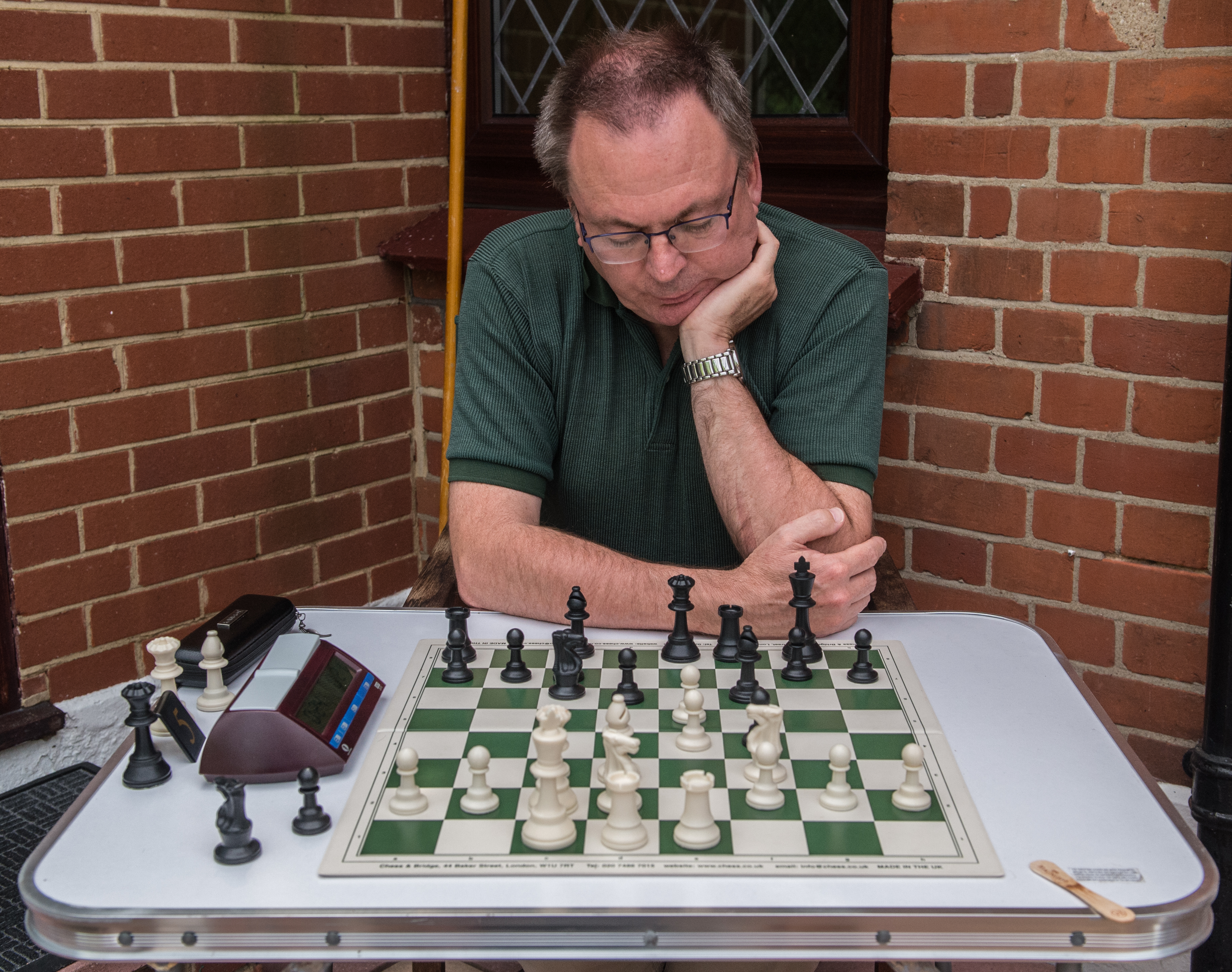
Book Details :
- Softcover : 424 pages
- Publisher: Russell Enterprises, Inc. (June 17, 2019)
- Language: English
- ISBN-10: 1941270573
- ISBN-13: 978-1941270578
- Product Dimensions: 7 x 1.5 x 10 inches
Official web site of Russell Enterprises



